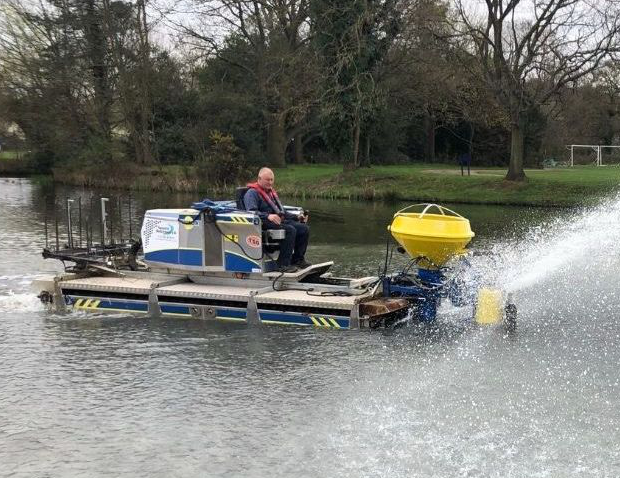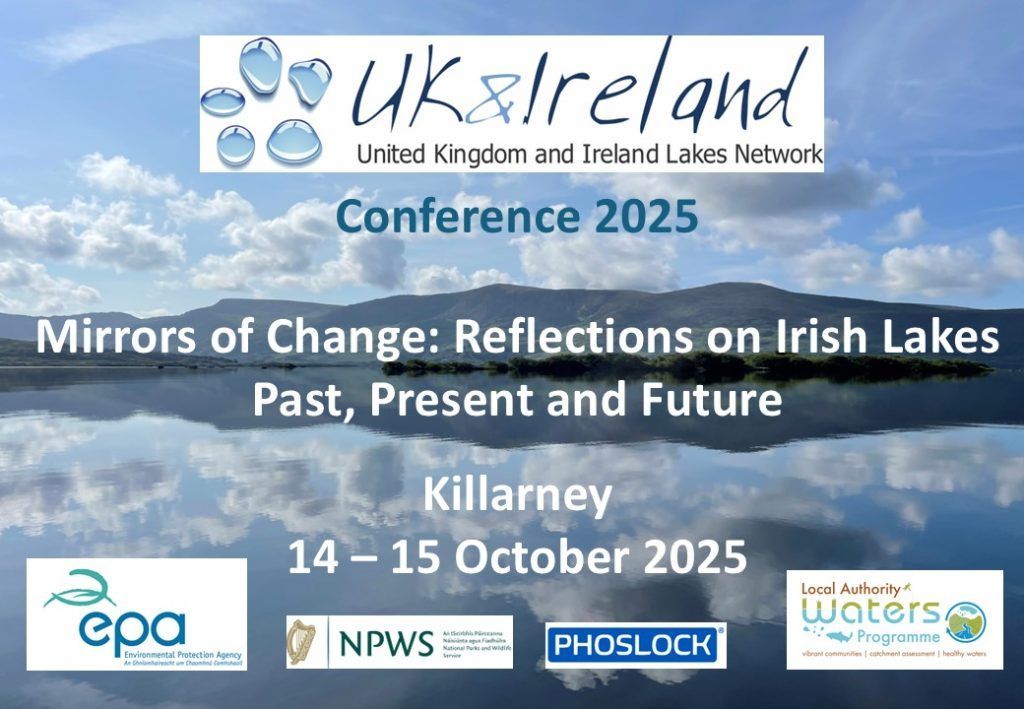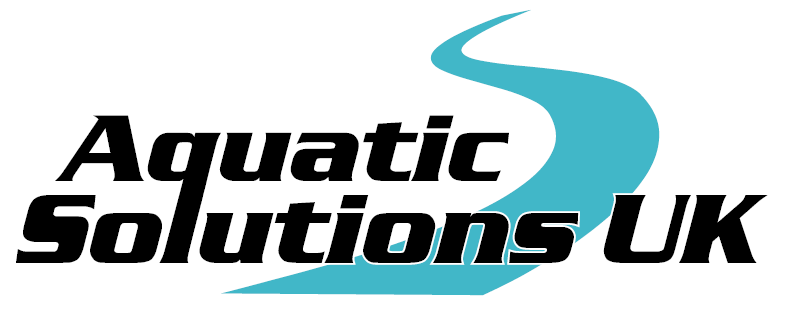Washington State tests phosphorus-binding clay to improve lake water quality and support recreational use.

On 6 August 2025, Fox News reported on a water quality treatment trial carried out at Rainbow Lake, Columbia County, Washington State. The initiative, led by the Washington Department of Fish and Wildlife, explored new methods to improve lake health and ensure safe recreational use during the summer months.
The challenge
Like many small lakes, Rainbow Lake is subject to seasonal water quality issues. These are often linked to excess nutrients in the water, particularly phosphorus. Elevated phosphorus levels can accelerate biological growth, reduce water clarity, and disrupt recreational use.
The treatment
To address these conditions, the Washington Department of Fish and Wildlife worked with an environmental services company from Missoula, Montana. After consultation, they recommended Phoslock, a phosphorus-binding technology developed by Phoslock Environmental Technologies (PET).
Phoslock is a modified bentonite clay in which lanthanum replaces naturally occurring ions. When applied as an aqueous slurry to the water surface, the lanthanum binds strongly with dissolved phosphate, forming a stable mineral called rhabdophane. This mineral is insoluble and settles harmlessly to the sediment, effectively removing phosphate from the water column.
How it works in practice
- Application method: Sprayed onto the lake surface as a slurry.
- Mode of action: Phosphate is bound and locked into the sediment.
- Longevity: The effect can last for 7–10 years before reapplication may be considered.
- Safety: The product is safe for people, animals, and aquatic life when applied as directed.
Early results
According to the Department of Fish and Wildlife, Rainbow Lake has so far responded positively to the treatment. Recreational use such as swimming and fishing has continued throughout the summer without the interruptions typically seen in previous years.
What’s next
The Department plans to continue monitoring Rainbow Lake over the coming years. Further steps may include aeration or repeated application if required. While the trial has focused on a small lake, officials are considering whether the same approach could be applied to other water bodies across the state.
For more information about Phoslock and its applications in lakes, reservoirs, and ponds, please contact Damian Whelan, General Manager, Phoslock Europe. Damian can provide guidance on phosphorus control strategies, treatment suitability, and regulatory approvals across Europe.
Share this article





















